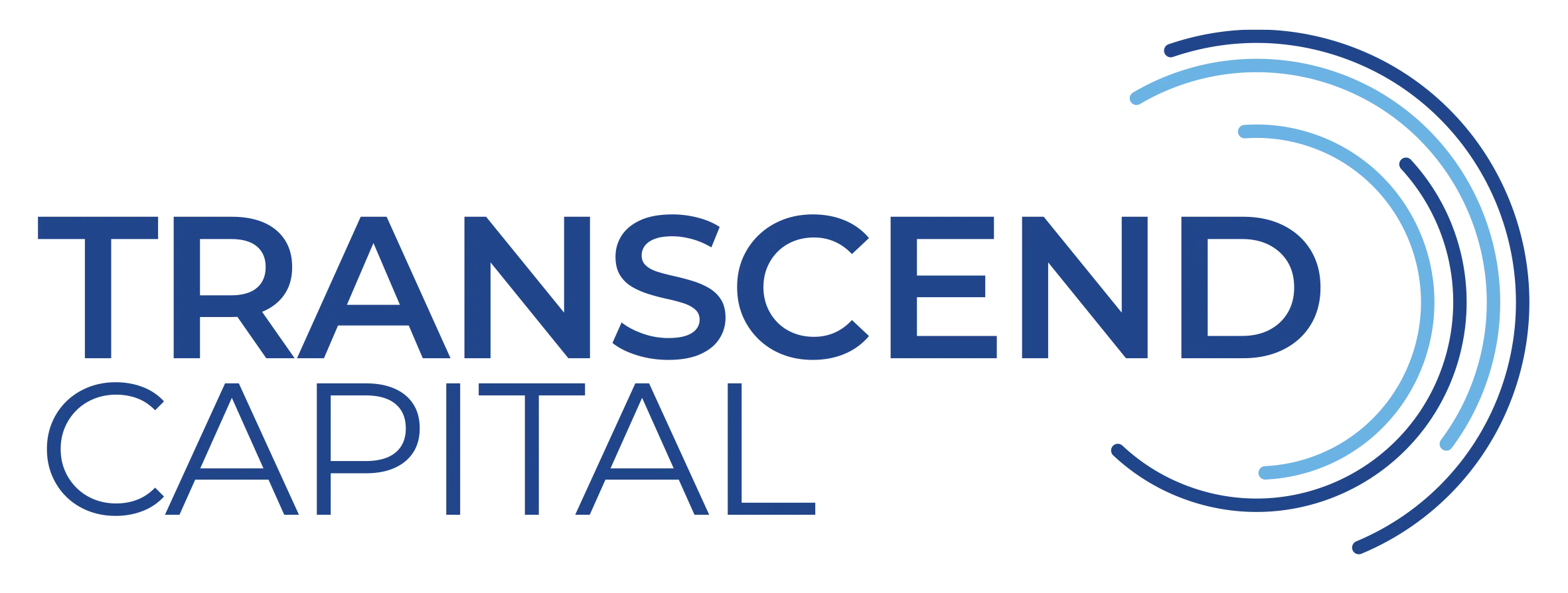11 things to consider before implementing ESOPs in South Africa
ESOPs in South Africa offer multinationals a way to align employee interests with business growth while meeting BEE compliance requirements. This guide outlines the key steps for structuring, implementing, and sustaining successful ESOP programs.
By Shaun Smit and Bruce Hunt
In South Africa, over 150,000 employees now hold shares in the companies they work for. Employee Share Ownership Plans (ESOPs) in South Africa are playing an increasing role in promoting employee ownership and economic inclusion, while also helping companies meet Black Economic Empowerment (BEE) goals. While ESOPs give employees a stake in the business, aligning their interests with its success, structuring an ESOP is complex.
Here’s what you need to consider before getting started:
Clear objectives
Before implementing an ESOP, businesses must define their key goals. Are you aiming to improve employee engagement, drive better alignment between certain employees and shareholders, or perhaps enhance BEE ownership? Understanding your key objectives is essential for structuring a successful plan.
Available ESOP options
There are various types of ESOPs, ranging from simple to complex. Businesses need to evaluate the different structures available, such as dividend participation schemes or trusts holding shares for employees. Selecting the best option depends on your specific business needs.
Optimal ESOP structure
Choose an ESOP ownership and benefit structure that aligns with your business goals and circumstances. For example, you may decide between actual share ownership for employees or a trust where employees are beneficiaries. Or a dividend participation scheme vs a capital appreciation scheme. The structure must take into account what the primary objectives are and then make sense from both a business and employee standpoint.
Alignment with remuneration and reward policies
Ensure that the ESOP aligns with the company’s overall remuneration and reward policies, including any other equity-based compensation plans. This includes determining the appropriate balance between the ESOP and other incentive programs, as well as considering the impact of the ESOP on the company’s overall compensation structure and philosophy.
Compliance with BEE Codes
Ensure that the ESOP is structured in compliance with the ESOP Requirements of Code 100 of the BEE Codes of Good Practice. These Codes set out minimum requirements for the governance of the scheme, the board of trustees, and beneficiaries.
Compliance with listing rules
A listed company must also comply with the listing requirements of the exchange on which it is listed when implementing an ESOP.
Funding structure
Most ESOPs require funding, which is often provided by the company as vendor financing. This can be interest-bearing and secured by the ESOP shareholding, and dividends may be used to repay loans. A clear funding strategy is key to ensuring the sustainability of the ESOP as well as related BEE success.
Taxation implications
The tax treatment of ESOPs can be complex, and it’s important to understand both the company and employee perspectives. While the government supports ESOPs, companies typically don’t receive tax deductibility, and employee payouts are often fully taxable. Businesses need to manage the timing of receipts and distributions carefully to avoid adverse tax implications.
Accounting and financial reporting
Ensure the ESOP complies with International Financial Reporting Standards (IFRS) or US Generally Accepted Accounting Principles (GAAP), depending on the company’s requirements. This includes determining the appropriate accounting treatment for the ESOP, including the recognition and measurement of the ESOP shares and any related expenses or liabilities.
Employee communication
Clear communication with employees is critical to the success of any ESOP. This includes explaining the scheme rules, improving financial literacy, and managing expectations about business performance and payouts. Proper training can also reduce skepticism and ensure employees understand their benefits.
Trustee training
The success of an ESOP also depends on the trustees who manage it. Ensuring that they understand their roles, fiduciary duties, and the workings of the ESOP is essential. Comprehensive training will help them fulfil their responsibilities effectively.
ESOPs involve complex financial, legal, and operational considerations; when designed well, they can enhance employee engagement, retention, and company performance.
Poorly structured plans, however, can lead to financial strain, legal complications, and employee dissatisfaction. It’s essential to ensure that the ESOP aligns with your company’s long-term goals, provides clear communication to employees, and complies with regulatory requirements. Consulting experienced ESOP advisors will help maximise the benefits of an ESOP for both your company and its employees.
About the Authors
About Shaun Smit CA(SA), MBA – Director at Transcend Capital
With over a decade of experience in providing Employee Share Ownership Plans (ESOP) and BEE transaction advisory to multinationals and South African corporates, Shaun Smit has a proven track record in crafting and executing ownership strategies aimed at fostering growth and sustained business success. Shaun believes that employee ownership can be a powerful tool for increasing engagement, improving business performance, and achieving meaningful broad-based empowerment. Outside of work, Shaun is a dad-taxi and enjoys running and playing tennis.
About Bruce Hunt BCom, CFA, MBA(Manchester) – Director at Transcend Capital
Bruce is the Managing Director at Transcend Capital. He has 12 years of experience in structuring multinational BEE transactions which include Black operational partners, employees, Broad-based Ownership Schemes, and the sale of assets to Black investors. Before joining Transcend Capital, Bruce was a trader and structured finance professional at Investec Bank.










